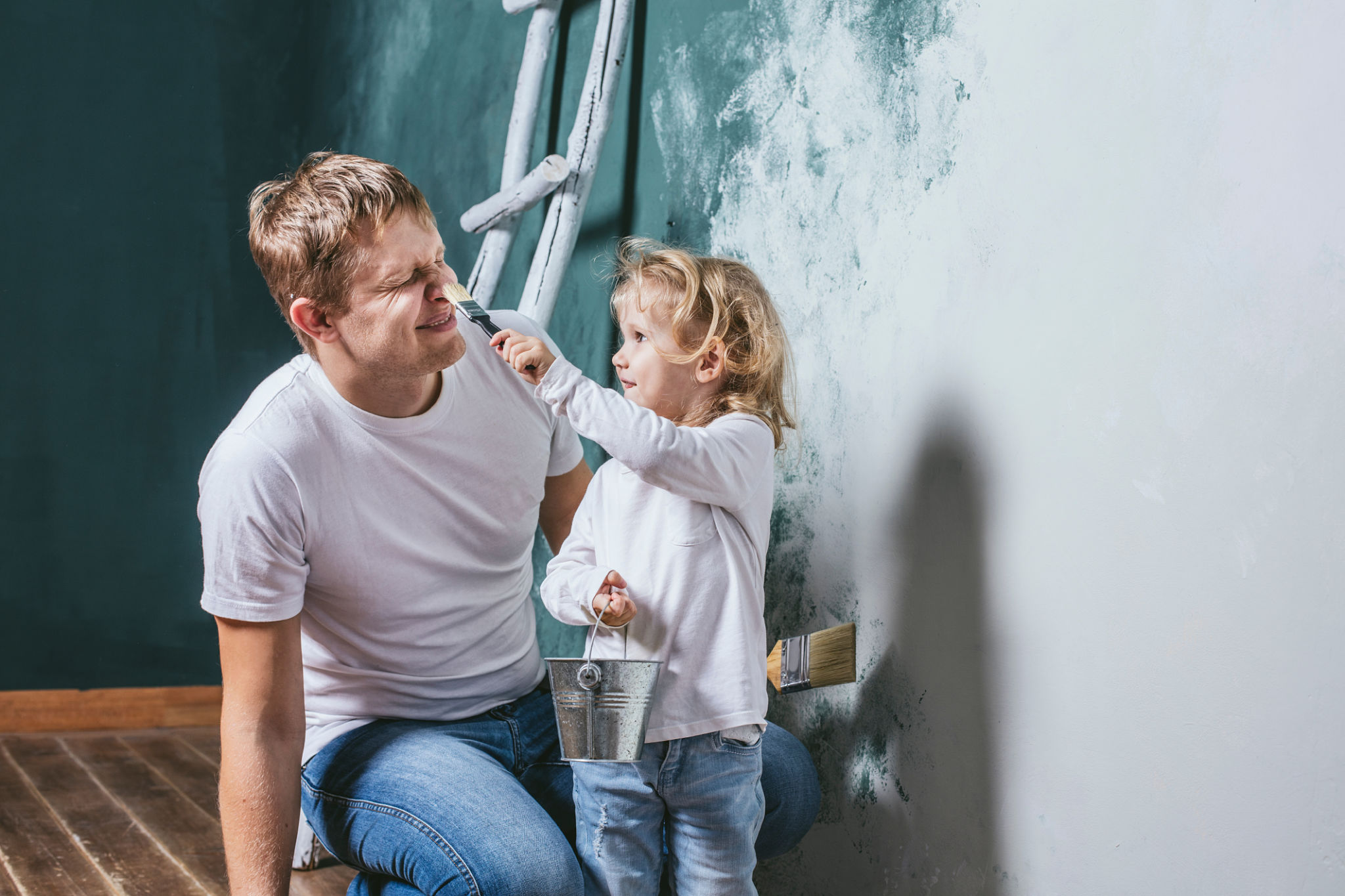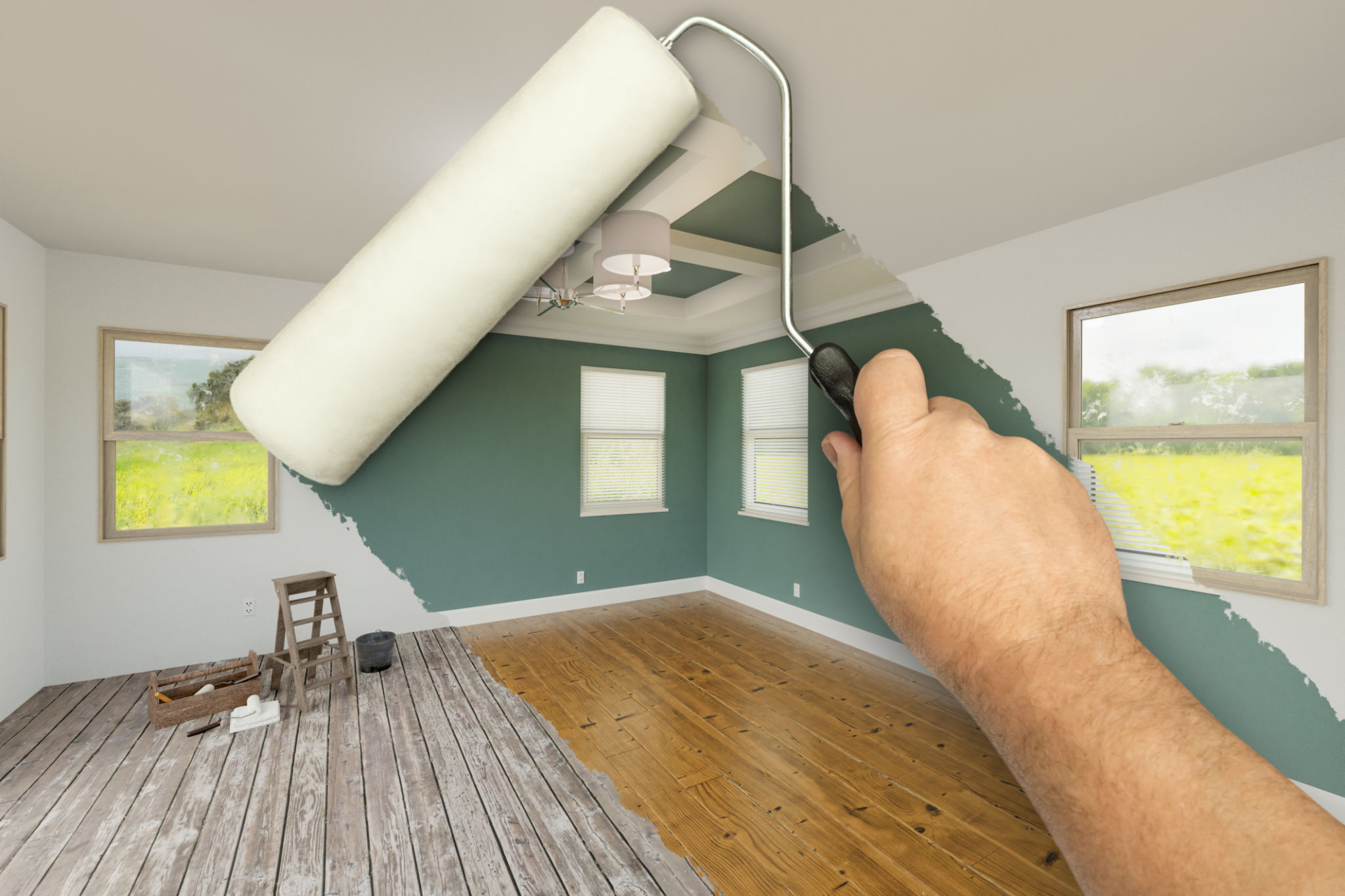How to Improve Indoor Air Quality with Health-Focused Paint Solutions
Understanding Indoor Air Quality
Indoor air quality (IAQ) is a critical component of a healthy home environment. Poor IAQ can lead to various health issues, including allergies, respiratory problems, and even long-term health concerns. One often overlooked factor that can significantly influence IAQ is the type of paint used in your home. By selecting health-focused paint solutions, homeowners can contribute to a cleaner, more breathable indoor atmosphere.

The Role of Paint in Indoor Air Quality
Traditional paints can release volatile organic compounds (VOCs) into the air, which can be harmful to health. These chemicals are known to cause headaches, dizziness, and respiratory problems, especially in poorly ventilated areas. Over time, VOCs contribute to poor indoor air quality and can exacerbate health issues for sensitive individuals. However, with advancements in technology, there are now paints on the market specifically designed to minimize these harmful emissions.
Benefits of Low-VOC and Zero-VOC Paints
Low-VOC and zero-VOC paints offer a healthier alternative to traditional paints. These products significantly reduce the amount of toxic emissions released into the air during and after application. Here are some benefits of choosing these eco-friendly options:
- Healthier Environment: Reduced exposure to harmful chemicals improves indoor air quality and reduces health risks.
- Reduced Odor: Low-VOC and zero-VOC paints produce less odor, making them more pleasant to work with.
- Environmentally Friendly: These paints support sustainable practices by reducing chemical emissions.
Choosing the Right Health-Focused Paint
When selecting a paint for your home, it's essential to consider some key factors to ensure you are making the right choice for your health and environment. Look for certifications from reputable organizations that indicate a product's safety and environmental impact. The Green Seal or Greenguard certification are good indicators of a product's low VOC content and overall environmental friendliness.

Application Tips for Healthier Indoor Air
Even with the right paint, proper application techniques are crucial for maintaining indoor air quality. Here are some tips to ensure a safe painting process:
- Ventilation: Always ensure adequate ventilation when painting. Open windows and use fans to circulate air.
- Protective Gear: Use masks and gloves to protect yourself from any potential exposure to harmful substances.
- Curing Time: Allow sufficient time for the paint to dry and cure before occupying the painted space fully.
Maintenance for Long-Term Air Quality
Regular maintenance and care of painted surfaces can also impact indoor air quality. Clean walls with non-toxic cleaning agents to avoid introducing new chemicals into your home environment. Additionally, consider repainting surfaces periodically with health-focused paints to maintain a fresh and healthy living space.

The Impact on Overall Well-Being
Improving indoor air quality through thoughtful paint choices not only benefits physical health but also enhances overall well-being. A clean, odor-free environment can boost mood, increase productivity, and create a more pleasant living space. By choosing health-focused paint solutions, you're investing in your home's long-term health and sustainability.
In conclusion, incorporating health-focused paint solutions is a simple yet effective way to improve indoor air quality. By understanding the impact of different paint types and applying them correctly, homeowners can create a healthier, more comfortable living environment for themselves and their families.
